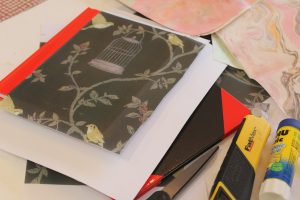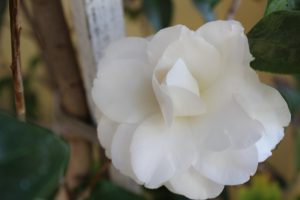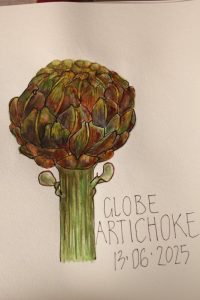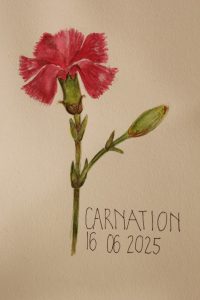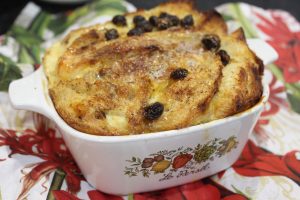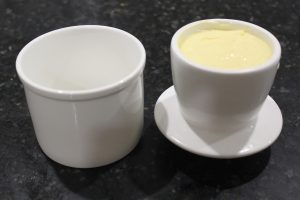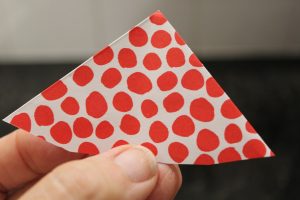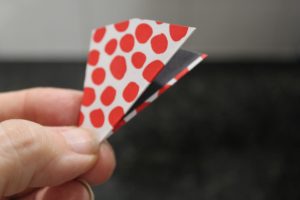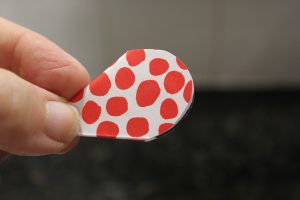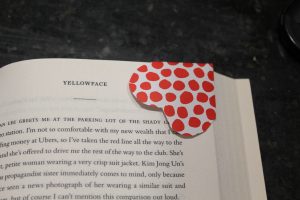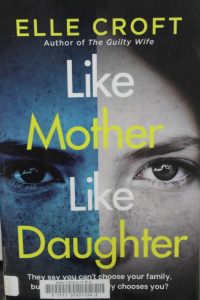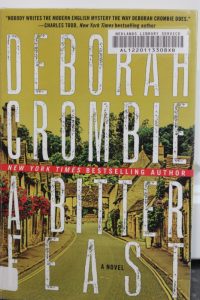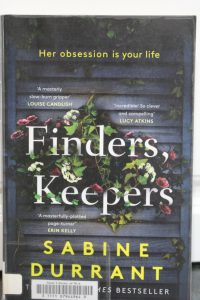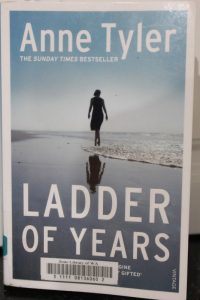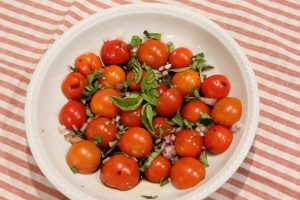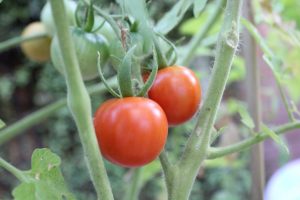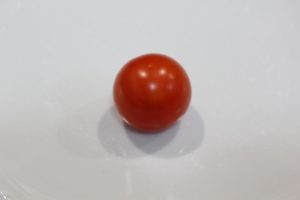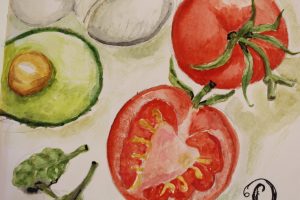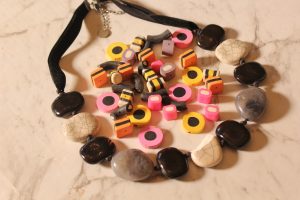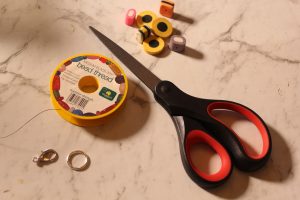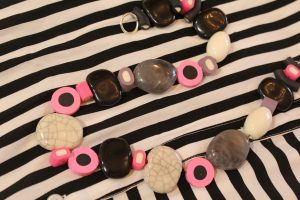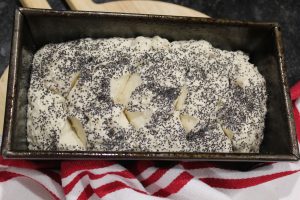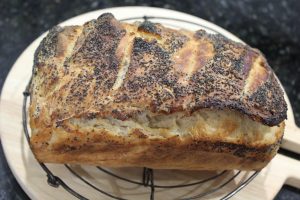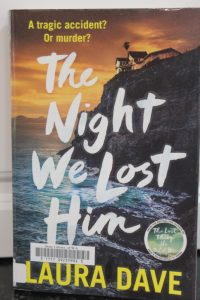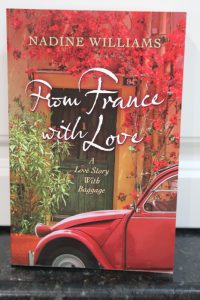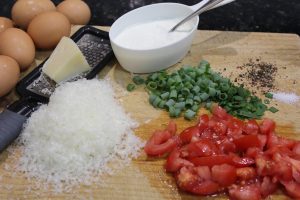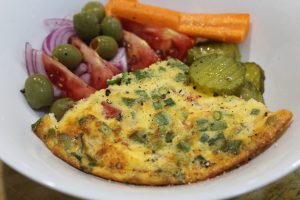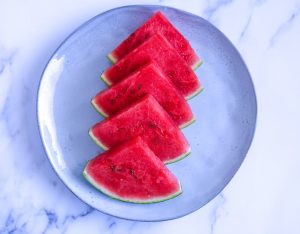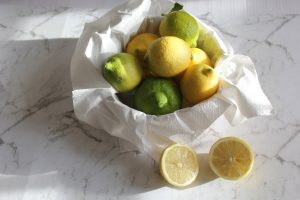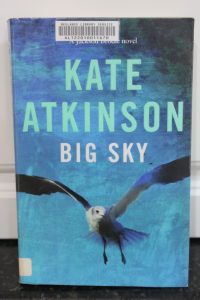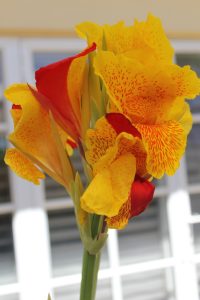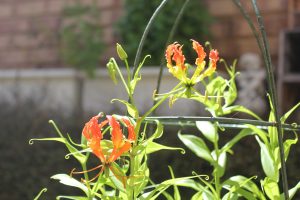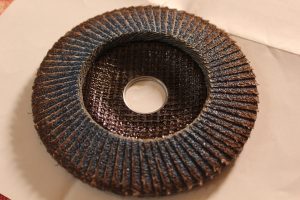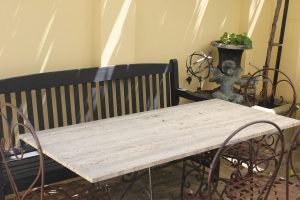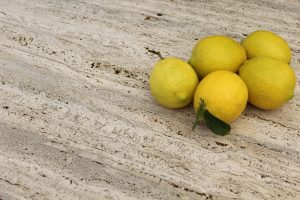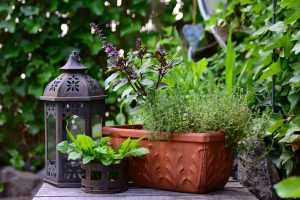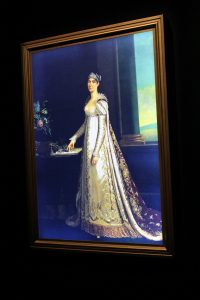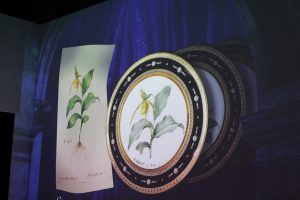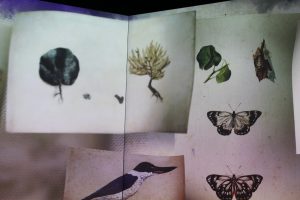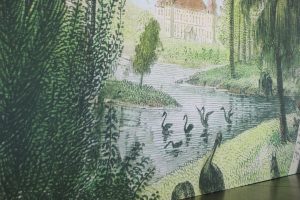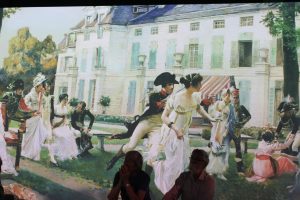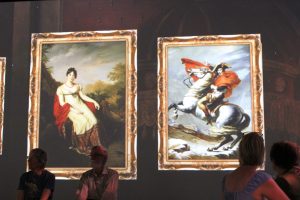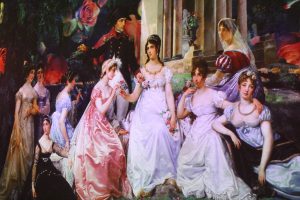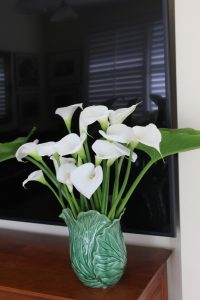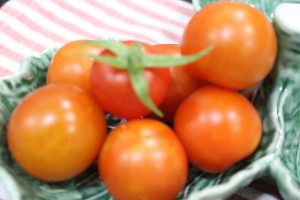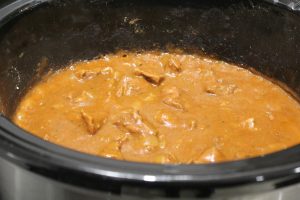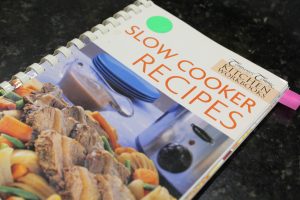plastic free july
The idea of Plastic Free July originated here, in Western Australia, in 2011. Now it’s a global movement inspiring an estimated 100 million people Worldwide in more than 190 countries to reduce plastic waste every year. Plastic Free July is a reminder to do what you can to reduce using plastic. Every little bit counts.


Image Pixabay
Unfortunately, WA uses more single use plastic per capita than many other places. So, do you avoid these top three single use plastics? They are bags, bottles and coffee cups. Plastic wrap can be replaced with beeswax covers, check if your preferred brand of tea bags contain plastic, consider bars of shampoo and conditioner and look for products in glass jars rather than plastic. Glass can be infinitely recycled and also used for storage in the pantry, craft cupboard or the workshop or shed. Little changes matter!
Pruning roses
Roses are dormant in winter, so it is the ideal time to prune them. This results in beautiful blooms from early summer onwards. If you’re unsure of how to prune, see if your local council holds sessions showing you what to do when they prune park lands, ask at your local garden centre or look online. Local papers have ads from people offering to do your pruning for you, too.

Image Pixabay
So many people I know have taken out their roses as there is no way of eradicating chili thrip. Chili thrip is rampant around here. It’s a dilemma; do I hope things improve, do I just accept when it’s humid the thrip will flourish or do I remove them, too. I’m pretty sure I will remove two Pierre de Ronsards on an arch because they seem to be attacked before other roses. There is a standard Pierre de Ronsard less than 15m away from the arch which is attacked later and less vigorously. Still considering. Should I replace them, should I reduce the number of pots I have, should I hope for the best?
books
The bookclub book this month is Elizabeth Stout’s Tell Me Everything. I really like her style of writing but had already read the book. Review (here) So I read another one of her books called Lucy Barton. Lucy Barton features in Tell Me Everything as a divorced author in her 60s but the other book focuses on her impoverished childhood, dysfunctional family and marriage and motherhood. It also described her path to being a published, successful author. Obviously, I’ve read them in the wrong order!


Elizabeth Strout
Strout herself grew up in Maine, which is the background for many of her stories. She is a lawyer, a gerontologist, a teacher but mostly, a multiple award winning author. Check online for a list of her other books.

